While Elgato continue to ignore the Linux market, developers from around the community end up creating applications to fill the gap. Now there's Boatswain, which allows Linux users to control Elgato Stream Deck devices.
It's not the first of its kind, with streamdeck_ui also being an option (I covered it back in 2019) that is still being updated. More options are good though! Why make a new one anyway? In a blog post, the developer mentioned they "did not find these apps adequate to my usage".
Some of what they're focusing on for the first release includes:
- Backend code to detect Stream Deck devices, open them, upload images to buttons, and change the brightness of the device
- Folders, profiles, and multiactions
- OBS Studio integration: start & stop streaming, start & stop recording, switch to a scene
- Sound player, initially focusing on playing sound effects
- App launching
They will also be considering these too:
- Chat integration with various streaming services (Twitch, YouTube, etc)
- Window management actions through a custom GNOME Shell extension
- More features to OBS Studio integration, such as showing & hiding sources, recording to the replay buffer, etc
- Enhanced sound player with different playlists and MPRIS integration
The developer of Boatswain even made a little introduction video:
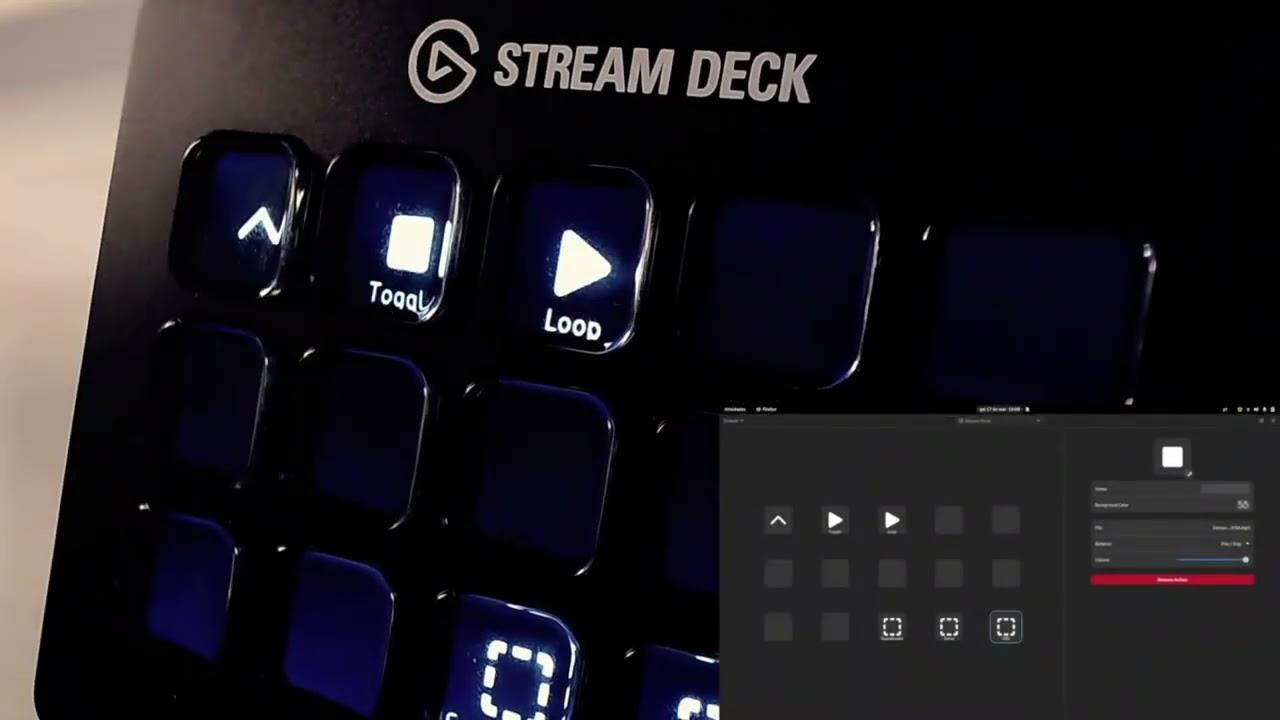
YouTube videos require cookies, you must accept their cookies to view. View cookie preferences.
Direct Link
Direct Link
I'll be keeping an eye on this one to let you know how it goes.
Some you may have missed, popular articles from the last month:
All posts need to follow our rules. For users logged in: please hit the Report Flag icon on any post that breaks the rules or contains illegal / harmful content. Guest readers can email us for any issues.
Not long ago, Google and YouTube would think you meant "Stream Deck" when you searched for "Steam Deck", now I can imagine it being the opposite. At least Google does not suggest "Stream Deck" to me anymore.
7 Likes, Who?
is there any advantage of using stream deck over, i dont know... a phone? it dont seem something hard to replicate
0 Likes
For a moment I read "steam deck". I thought that someone had created a sc-controller app for the deck.
Anyone know if there is (or someone is working) on a steam deck controller kernel module?
Anyone know if there is (or someone is working) on a steam deck controller kernel module?
2 Likes, Who?
is there any advantage of using stream deck over, i dont know... a phone? it dont seem something hard to replicateI got one in a sale and I never knew that I actually wanted one. It's just super convenient to have access to things without pulling out my phone, unlocking it and doing stuff (where there are some things I can't do with the phone but with the deck).
I can control my Elgato lights with some pre-defined presets, I can control my HUE lights, mute my sound, restart pulse, start/stop my Index stations, and whatever I put on the buttons.
Once you have it, you don't want to miss it. One big downside would be that it only works if the computer attached to it is on.
0 Likes
I heard you like decks so we put a Stream Deck on your Steam Deck.
5 Likes, Who?
OK, I now have a brilliant scheme for acquiring a Steam Deck fast, and cheap!
I just buy a Stream Deck and remove the "r"!
I just buy a Stream Deck and remove the "r"!
3 Likes, Who?
OK, I now have a brilliant scheme for acquiring a Steam Deck fast, and cheap!Sorry in advance for derailing this thread further.
I just buy a Stream Deck and remove the "r"!
Deliberately ignoring the "fast and cheap" bit, here's an overtly Finnish Steam Deck:
Build an actual deck (preferably next to a lakeside summer cottage) and then build a sauna on or adjacent to that deck.
If you're on a budget or otherwise limited in your choices, just take a skateboard to someone else's sauna. A public one will do just fine.
Bleh. Another two or three months until it starts to feel like summer up here.
1 Likes, Who?
Not long ago, Google and YouTube would think you meant "Stream Deck" when you searched for "Steam Deck", now I can imagine it being the opposite. At least Google does not suggest "Stream Deck" to me anymore.For a lot of people it still auto-corrects. Myself included. And I've been eating up Steamdeck related content so it seems like Valve should really reach out to google or something at this point.
EDIT: I just tried "Steam Deck" and that worked without the autocorrection by google. Odd but it'll have to do.
Last edited by TrainDoc on 18 Mar 2022 at 6:30 pm UTC
1 Likes, Who?
is there any advantage of using stream deck over, i dont know... a phone? it dont seem something hard to replicate
Well phones auto turn off screen, don't have button feedback.
There are convenient issues with touch screen method of doing things.
One could certainly MAKE their own device with buttons and a touch screen in background, but it comes down to if you feel its worth your time and if your tech savvy enough to get all the bits together, probably also need 3d printing done.
1 Likes, Who?
I've got a little 15-button Stream Deck and streamdeck-ui works really well, but it's a bit of a faff to get it all working. You have to install it through "python pip" which is fine, but then it installs into ~/.local/bin so you have to add that as a path by editing your .profile, or .bash_profile. Then you have sudoedit a bunch of udev lines to /etc/udev/rules.d. Then you have to create an auto-start entry in whatever DE you use so that your deck launches its config when you start your PC up.
Which is all fine, honestly, given that you only do all that faff once. But I bet it puts people off, so I'm really glad there's a driving force for a better app. Especially the bit about how the author managed to get Boatswain to use SystemD to bypass the need for udev changes... and the fact it'll be a Flathub install.
The StreamDeck-UI app itself is reasonably solid, but its biggest failing is probably a lack of paging - which might be coming to Boatswain (the author talks about "folders"). I'll keep an eye out. I don't mind adding a bunch of gnome libraries for stuff like this, if it's slick.
Which is all fine, honestly, given that you only do all that faff once. But I bet it puts people off, so I'm really glad there's a driving force for a better app. Especially the bit about how the author managed to get Boatswain to use SystemD to bypass the need for udev changes... and the fact it'll be a Flathub install.
The StreamDeck-UI app itself is reasonably solid, but its biggest failing is probably a lack of paging - which might be coming to Boatswain (the author talks about "folders"). I'll keep an eye out. I don't mind adding a bunch of gnome libraries for stuff like this, if it's slick.
0 Likes
Ha, wait until you also then add in the Steam Dock for Deck....I heard you like decks so we put a Stream Deck on your Steam Deck.
0 Likes
Not long ago, Google and YouTube would think you meant "Stream Deck" when you searched for "Steam Deck", now I can imagine it being the opposite. At least Google does not suggest "Stream Deck" to me anymore.I haven't used Google for more than a decade now. So much happier using DDG.
0 Likes
is there any advantage of using stream deck over, i dont know... a phone? it dont seem something hard to replicate
Well phones auto turn off screen, don't have button feedback.
There are convenient issues with touch screen method of doing things.
One could certainly MAKE their own device with buttons and a touch screen in background, but it comes down to if you feel its worth your time and if your tech savvy enough to get all the bits together, probably also need 3d printing done.
Android has the option to not turn off the screen as long as the device is hooked to a power source. I think you can also have it always vibrate on touches.
For me though, the question is what kind of (FLO) software is there for such things? Can you effortlessly and quickly make menus to run arbitrary commands? And how would those things even integrate?
0 Likes
@Liam and the GoL Team: Thanks a ton for these articles. Much appreciated. Always neat to find new ways to support interesting hardware and tools on Linux.
One could make their own device, and it'd probably even be a fun project for some of us, but for those who don't feel it's worth their time, or aren't tech savvy enough, there's a couple few Android/iOS apps already in existence that do the job just fine. The best one I've found thus far (at least for my needs) is [DeckBoard](https://deckboard.app/). It's even got the "server-side" part of the app in Linux native flavors (deb, appimage, and tgz) and sources on GitHub. All you need to provide is an Android phone or tablet, a PC to send commands to, and a bit of your time configuring up your button pages.
Apparently it's not that hard to replicate. See the part of my comment above that refers to the DeckBoard app for one valid option that I know of. A bit of searching turns up many other similar tools, but that's the one I like, and it's Linux friendly to boot.
Last edited by BlooAlien on 19 Mar 2022 at 6:37 pm UTC
Well phones auto turn off screen, don't have button feedback.
There are convenient issues with touch screen method of doing things.
One could certainly MAKE their own device with buttons and a touch screen in background, but it comes down to if you feel its worth your time and if your tech savvy enough to get all the bits together, probably also need 3d printing done.
One could make their own device, and it'd probably even be a fun project for some of us, but for those who don't feel it's worth their time, or aren't tech savvy enough, there's a couple few Android/iOS apps already in existence that do the job just fine. The best one I've found thus far (at least for my needs) is [DeckBoard](https://deckboard.app/). It's even got the "server-side" part of the app in Linux native flavors (deb, appimage, and tgz) and sources on GitHub. All you need to provide is an Android phone or tablet, a PC to send commands to, and a bit of your time configuring up your button pages.
is there any advantage of using stream deck over, i dont know... a phone? it dont seem something hard to replicate
Apparently it's not that hard to replicate. See the part of my comment above that refers to the DeckBoard app for one valid option that I know of. A bit of searching turns up many other similar tools, but that's the one I like, and it's Linux friendly to boot.
Last edited by BlooAlien on 19 Mar 2022 at 6:37 pm UTC
1 Likes, Who?
I've got a little 15-button Stream Deck and streamdeck-ui works really well, but it's a bit of a faff to get it all working. You have to install it through "python pip" which is fine, but then it installs into ~/.local/bin so you have to add that as a path by editing your .profile, or .bash_profile. Then you have sudoedit a bunch of udev lines to /etc/udev/rules.d. Then you have to create an auto-start entry in whatever DE you use so that your deck launches its config when you start your PC up.Follow-up article about your personal experience trying out Boatswain, or maybe a comparison between the two?
Which is all fine, honestly, given that you only do all that faff once. But I bet it puts people off, so I'm really glad there's a driving force for a better app. Especially the bit about how the author managed to get Boatswain to use SystemD to bypass the need for udev changes... and the fact it'll be a Flathub install.
The StreamDeck-UI app itself is reasonably solid, but its biggest failing is probably a lack of paging - which might be coming to Boatswain (the author talks about "folders"). I'll keep an eye out. I don't mind adding a bunch of gnome libraries for stuff like this, if it's slick.
One potential issue I'd have with using a phone (he said, hypothetically, not owning a Stream Deck) would be the lack of physical buttons, which would require to you look at your hands any time you wanted to do something. Now, if you're only using it occasionally to turn your lights on or off or something that's probably fine, but I've read a lot of people end up using their Stream Decks for productivity shortcuts in various programs (and that'd be more my use case), where having to glance down at your hand each time would probably not be very conducive to creative flow.is there any advantage of using stream deck over, i dont know... a phone? it dont seem something hard to replicate
Well phones auto turn off screen, don't have button feedback.
There are convenient issues with touch screen method of doing things.
One could certainly MAKE their own device with buttons and a touch screen in background, but it comes down to if you feel its worth your time and if your tech savvy enough to get all the bits together, probably also need 3d printing done.
Android has the option to not turn off the screen as long as the device is hooked to a power source. I think you can also have it always vibrate on touches.
For me though, the question is what kind of (FLO) software is there for such things? Can you effortlessly and quickly make menus to run arbitrary commands? And how would those things even integrate?
0 Likes
Follow-up article about your personal experience trying out Boatswain, or maybe a comparison between the two?
That's a great idea. I feel like it might be a little unfair, given that Boatswain is only three weeks old (not even a teenager!) and I'll be testing on Plasma, not Gnome, but in terms of how fiddly it is to get streamdeck-ui working, it would make for a nice short comparison.
I'll keep the idea in mind!
2 Likes, Who?
Sure, doesn't have to be right away. Could give Boatswain a little time to mature.Follow-up article about your personal experience trying out Boatswain, or maybe a comparison between the two?
That's a great idea. I feel like it might be a little unfair, given that Boatswain is only three weeks old (not even a teenager!) and I'll be testing on Plasma, not Gnome, but in terms of how fiddly it is to get streamdeck-ui working, it would make for a nice short comparison.
I'll keep the idea in mind!
1 Likes, Who?
OK, I now have a brilliant scheme for acquiring a Steam Deck fast, and cheap!But if you do that, it can no longer go "Brrrrrrr".
I just buy a Stream Deck and remove the "r"!
It will only go "B-b-b-b". Kinda lame.
Last edited by TheSHEEEP on 20 Mar 2022 at 9:32 am UTC
2 Likes, Who?
I've never been much into rumble anyway. Fine if it's just 'umble'.OK, I now have a brilliant scheme for acquiring a Steam Deck fast, and cheap!But if you do that, it can no longer go "Brrrrrrr".
I just buy a Stream Deck and remove the "r"!
It will only go "B-b-b-b". Kinda lame.
2 Likes, Who?
If only we could get the GOXLR to work with this as well. I have to keep booting into Windows to load my settings, then switch back to my Linux Computer. Have not got the sound effects, but have the cussing button the beep. Wish manufacturers or developers of the software that goes with the Windows only Hardware, would just think of Linux users as well. How hard is it to write the same software for Linux? Surely use the original piece of software for Windows as a template?
0 Likes
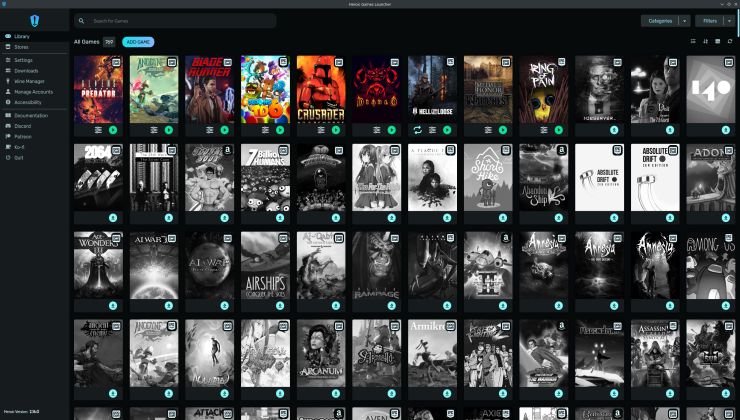
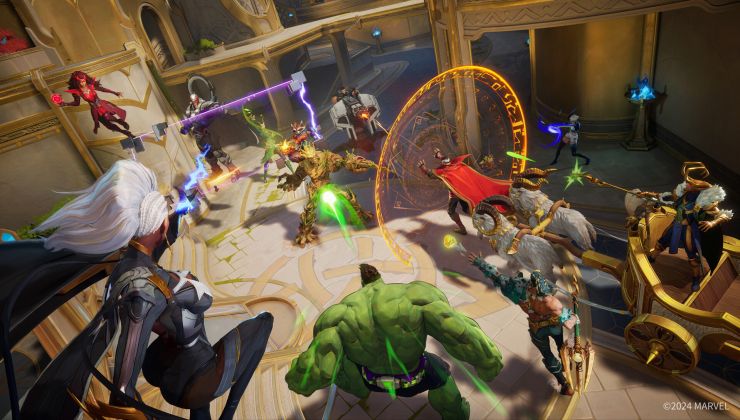
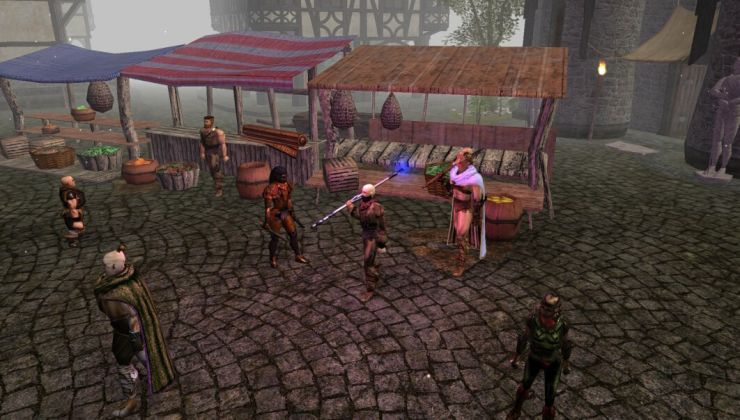
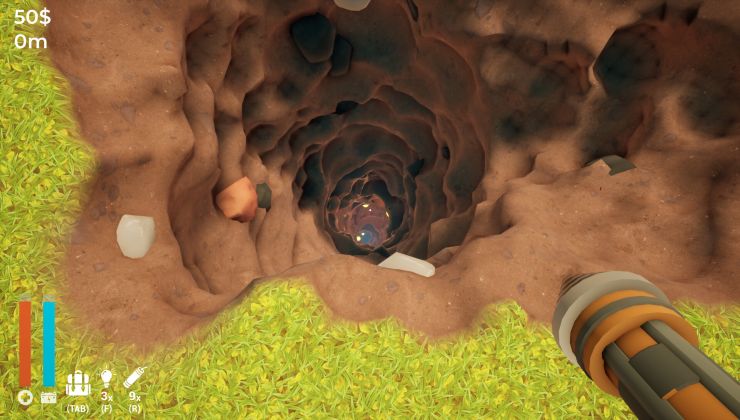








 How to set, change and reset your SteamOS / Steam Deck desktop sudo password
How to set, change and reset your SteamOS / Steam Deck desktop sudo password How to set up Decky Loader on Steam Deck / SteamOS for easy plugins
How to set up Decky Loader on Steam Deck / SteamOS for easy plugins
See more from me